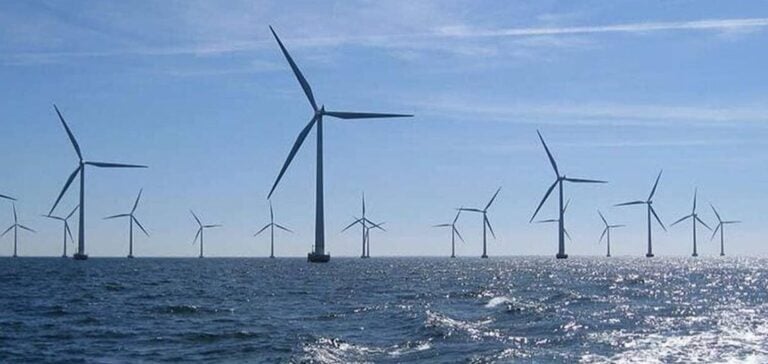The Navigator North offshore wind project, developed by Origin Energy in partnership with RES, recently obtained a feasibility license from the Australian government. The project aims to boost Australia‘s renewable energy supply, with the ambition of making a substantial contribution to the National Electricity Market (NEM). Offshore wind farm projects have been multiplying recently, as in the case of CIP, which has obtained approval to develop two wind farms off the coast of Australia.
Capacity and economic potential
The Navigator North project is located approximately 34 kilometers off the coast of Victoria and covers an area of 700 square kilometers. With a total installed capacity of 1.5 GW, this project could generate significant energy production, creating around 1,400 jobs during the design and construction phase, and a further 60 jobs over the 30-year operational life.
Project strategy and objectives
This project represents a strategic collaboration between Origin Energy and RES, aimed at developing a competitive energy source for the Australian market. The feasibility license obtained enables the partnership to pursue the technical and economic studies needed to confirm the viability of the project.
Commitment to infrastructure and communities
Moving into the construction and operation phases, the partnership will work with local communities, governments and other stakeholders to manage impacts and optimize the use of shared infrastructure. The project also includes investment in community programs to maximize local economic benefits.
The Navigator North project aims to supply 1.5 GW of offshore wind power, strengthening the NEM and creating jobs in the Gippsland region. The feasibility license enables further studies to be carried out to validate the project. The collaboration between Origin Energy and RES focuses on the efficient and sustainable development of this major energy initiative.






















